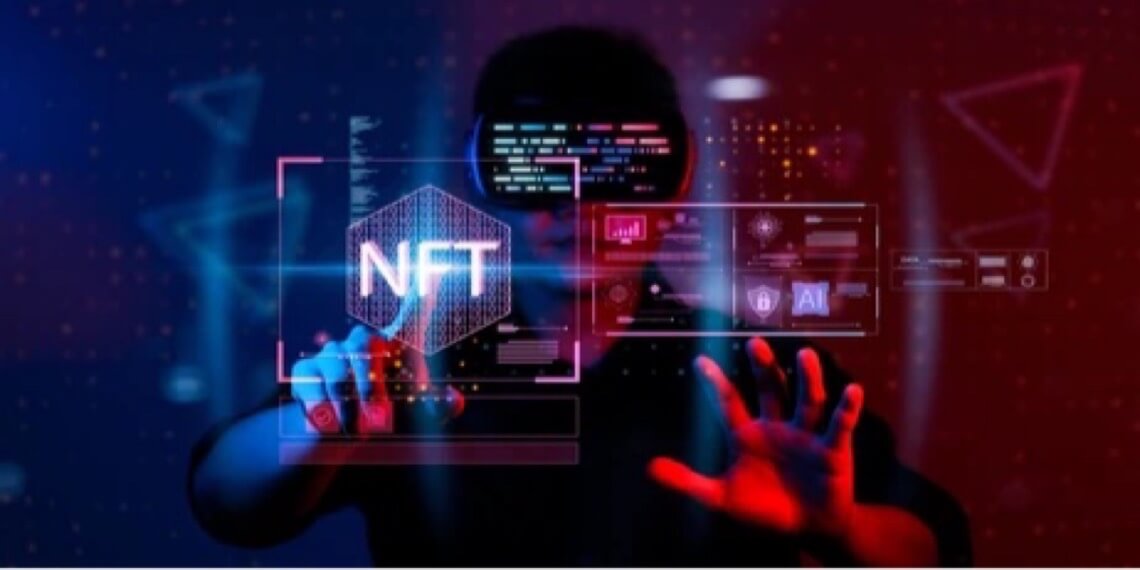Real-World Tokenization is increasing as TradFi becomes more amenable to blockchain
Join the most important conversation in crypto and web3! Secure your place today
Blockchain-based tokenization of real-world assets (RWA) is gaining traction among major financial services firms and other big brands. This makes a number of industry observers optimistic about the trend in 2023.
They say tokenization of RWA — a way to put ownership of tangible assets like stocks and bonds on the blockchain — offers the convenience of buying and selling those assets around the clock because the transactions don’t involve traditional brokers.
This concept is not new, but in recent months a number of large banks and other companies have started using the process. In November, for example, US banking giant JPMorgan executed the first live trade using tokenized versions of the yen and Singapore dollar on the Polygon blockchain. A month later, asset manager WisdomTree unveiled nine digital funds, in addition to the one it had launched successfully earlier in the year. The funds allow the transfer agent to maintain a secondary record of shares on either the Stellar or Ethereum blockchains.
More recently, Hong Kong’s central bank offered a first tokenized green, or sustainable investment, bond of $100 million, and just this week, French investment bank Credit Agricole CIB and Swedish bank SEB agreed to develop a blockchain-based digital bond platform.
A recent S&P Global Ratings report shows that issuers distributed about $1.5 billion in digital bonds on the blockchain in 2022, up from just a few bonds the year before.
These businesses aim to create efficiencies that traditional markets cannot achieve, according to Daniela Barbosa, CEO of the Hyperledger Foundation.
“If you think about traditional corporate bond issuance, for example, there’s a lot of paperwork and tracking,” Barbosa told CoinDesk in an interview. “You must have a bond certificate. When you tokenize those assets, you can increase the usability of those assets because you can support automation with smart contract platforms and put important information on those assets … where previously you might have to go with a third party or an intermediary.”
Barbosa, who has worked in the crypto space since 2017, said more companies are more receptive to blockchain-enabled “business models, despite the series of debacles that have crippled the industry over the past year. The “failures we’ve seen in the market have nothing to do with (blockchain) – the technology to do,” she said.
For example, Germany-based Siemens’ $63 million digital bond at Polygon in February was a way for the engineering giant to reduce paperwork and open “new markets for new customers of these bonds,” she said. Public companies have traditionally used conventional methods—often Wall Street underwriters—to issue bonds to finance capital investments.
“If you create technology and platforms that allow more people to participate in the economy, it will have a positive impact on the economy,” she added.
Benefits and use cases
Bob Ras, co-founder of digital asset exchange and ecosystem Sologenic, said real-world tokenized assets also account for fractional ownership more efficiently and generate faster settlement times.
He noted that users can trade a fraction of a specific tokenized stock such as Tesla (TSLA) that has been split into smaller shares or units at a lower price, with the settlement completed in seconds. Orders in traditional markets typically take 48 to 72 hours for the actual stock to be transferred from the liquidity provider to the bank or platform, Ras told CoinDesk.
The speed and efficiency “gives purchasing power to smaller investors” and provides better accessibility “for those who do not have a significant amount of investment funds,” he added.
Eliézer Ndinga, director of research at crypto investment products firm 21.co, said the US dollar-pegged stablecoin tether (USDT) offers a potentially strong argument for RWA, particularly in countries suffering currency depreciation or financial system collapse, creating higher demand for US dollars.
“Tether is like the fiat-pegged currency of the world’s reserve currency,” Ndinga told CoinDesk in an interview. “From a money transfer perspective, people can access it on a global scale as long as they have an internet connection, the same way they would email another party.”
Meanwhile, industry observers are also looking at the growing use of RWA in decentralized finance (DeFI), including MakerDAO’s investment in US Treasuries and corporate bonds and Maple Finance’s return-generating strategies adopted from traditional finance.
In February, Berlin-based crypto exchange Swarm launched tradable, tokenized US stocks and bonds via its DeFi platform. “To date, traditional market participants have not had a comprehensive and regulatory-compliant solution for issuing and trading real assets on the chain,” Swarm co-founder Timo Lehes said in a statement.
Going forward
21.cos Ndinga described the infrastructure of RWA as the equivalent of “dial-up” in the early internet – slow and less-than-ideal user experiences that will be resolved as technology improves.
Market observers are also paying close attention to how US regulators will view tokenization. If their view is favorable, regulatory clarity could spur more development by companies.
“We are now on the edge of the convergence between traditional and decentralized finance, to some extent,” Ndinga said.

























